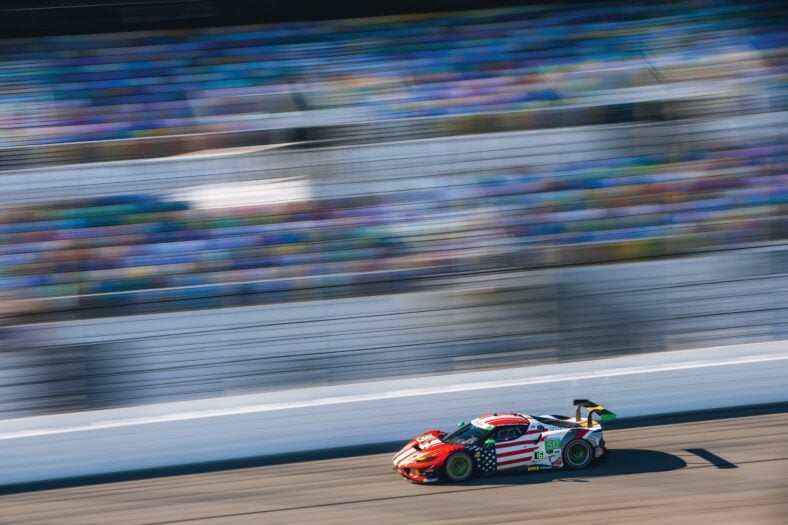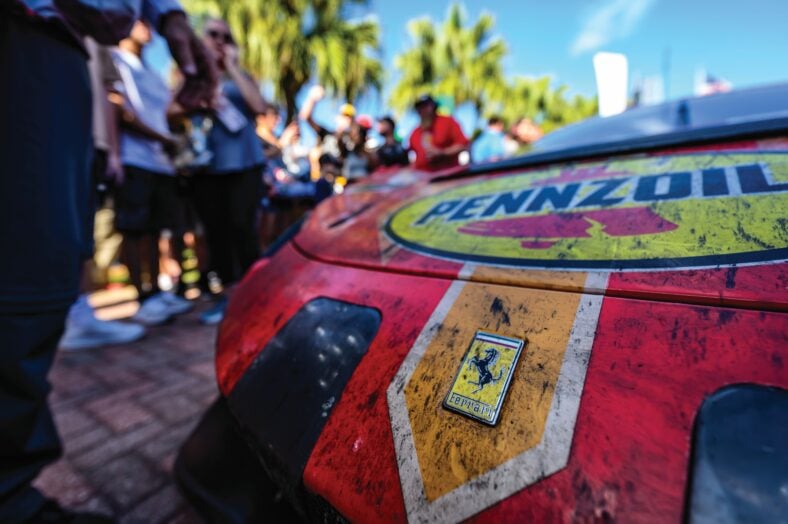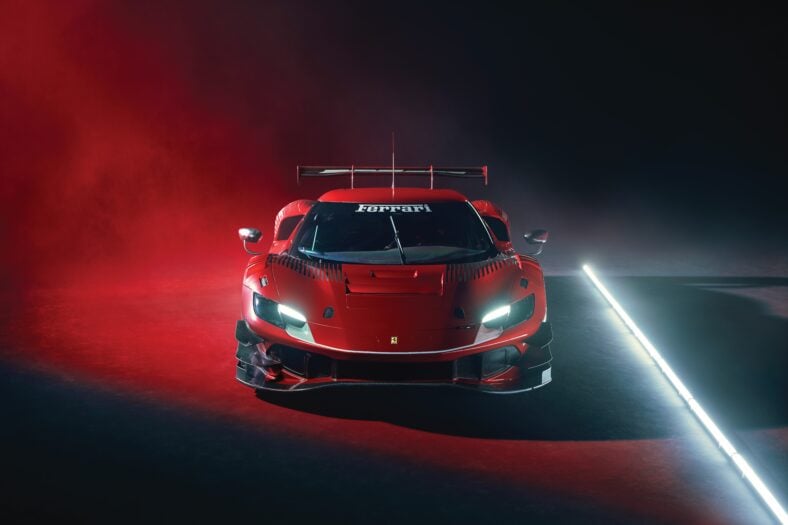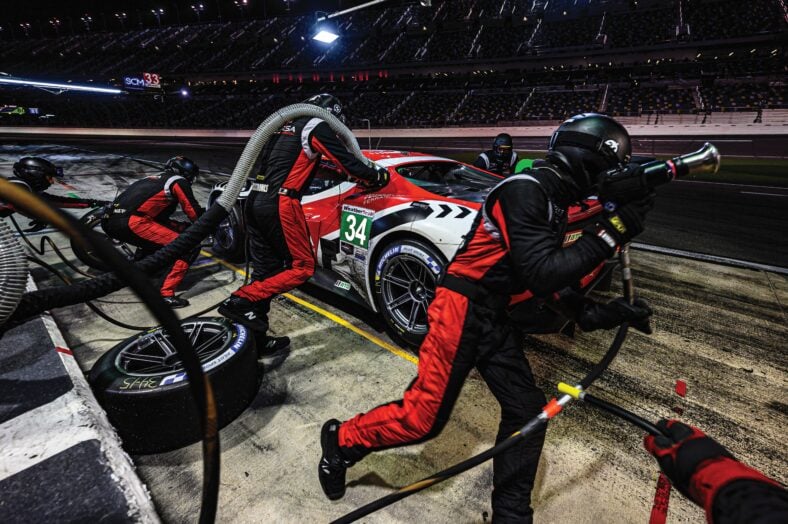Ferrari Is Poised To Make Endurance Racing History In 2025
The Ferrari 296 GT3 supercar has its sights set on Le Mans.

Ferrari‘s amped-up efforts in the world of motorsport of late would have made Enzo himself very proud—after all, il Commendatore himself was once a racecar driver. The marque’s recently intensified focus has helped Maranello’s finest advance in nearly every major lane of automotive racing, headlined by their formidable performance in Formula One, where Scuderia Ferrari earned more podiums (22) than any other team last year. They also finished the 2024 season with the second-most constructor points, clearing the path, it is fervently hoped, for total victory in 2025.

This upcoming season, the Scuderia targets no less than both drivers’ and constructors’ titles, as the F1 team adds seven-time world champion Lewis Hamilton to their illustrious paddock, alongside the brilliantly quick Charles Leclerc. Then there is the Prancing Horse’s efforts in endurance racing, as witnessed in both the global World Endurance Championship (WEC), and the North America-focused International Motor Sports Association (IMSA) SportsCar Championship. Ferrari made great strides last year in both series, paving the road for an even more munificent 2025.

The outstanding results in 2024 climaxed with Ferrari’s win at the 24 Hours of Le Mans with the 499P prototype in the hypercar class—the marque’s second consecutive victory at arguably the most famous race in the world. “That result was exceptional,” Antonello Coletta, Ferrari’s Global Head of Endurance, says. “Following our victory in the centenary edition of 2023, securing another win at Le Mans [was] a historic feat.” Meanwhile across the pond another epic achievement lit the fuse for the 2025 racing season. Kicking off this year’s IMSA SportsCar Championship, the 63rd Rolex 24 At Daytona saw no less than eight Ferrari 296 GT3 supercars take to the Daytona International Speedway’s hallowed asphalt.

The reason for the exponential increase is simple: the sheer mastery of the Ferrari 296 GT3 supercars. Based on the production 296 GTB, the roadgoing coupe was designed from the ground up not only for “gentlemen drivers,” but also to be a superbly handling track car. The general architecture of the 296 GTB was the perfect foundation for the 296 GT3 racecar—even lending its sibling its 3.0-liter 24-valve V6. However, the 296 GT3 sheds the electric motor to comply with technical regulations and swaps out the eight-speed dual-clutch gearbox for a sequential six-speed single-disc clutch transmission actuated by paddle shifters. And while the 296 GT3’s chassis is based on the GTB’s, it utilizes an entirely new aluminum frame. Overall, the success of the 296 GT3 on the endurance track serves to highlight the excellence of the 296 GTB’s engineering.

Last year, the 296 GT3 won 24 Hours of Daytona for Ferrari’s first victory there since 2014, as well as two of the major races on the WEC calendar: the aforementioned 24 Hours of Le Mans and the Nürburgring 24 Hours. “Winning once again in America’s most renowned 24-hour race, after a decade-long hiatus, filled us with pride,” Coletta enthuses. “Ferrari’s success at Daytona has strategic and symbolic importance. This triumph reinforced the value of our 296 GT3 car by demonstrating its technological excellence in a competition that is an extreme test bed for the development of innovative solutions.”

At Daytona this year, in the GTD (Grand Touring Daytona) Pro class, the No. 81 Ferrari of Dragonspeed ran steadily for much of the opening half of the race, managing to keep the pace of the top cars, and in the GTD class, Inception Racing’s 296 GT3 consistently ran towards the front of the field. While the podium proved elusive, Ferrari did score an important sixth-place finish in GTD Pro and seventh in GTD—just eight seconds behind the class leader—and banked critical experience and track feedback that they are sure to bring to the 24 Hours of Le Mans races in June.

Ferrari’s Global Head of Endurance underscores how the Daytona race and IMSA Championship as a whole provide visibility and crucial positioning in the consumer market, its sporting prestige both consolidating Ferrari as a racing leader and attracting new customers in the USA and abroad. “Racing success enriches the brand’s history and tradition,” Coletta concludes, “reaffirming its connection to the elite of endurance motorsport.”
